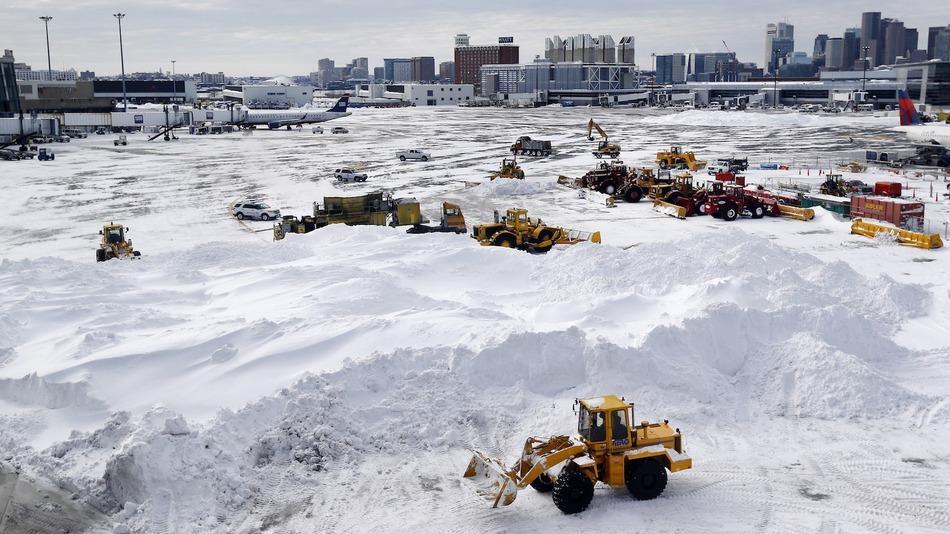As we all know, Boston was hit with a historic amount of snow this winter season and recorded enough to break the all-time seasonal snowfall record. With 2.9 inches this past weekend, Boston has seen 108.6 inches of snow in just the past 8 weeks. This has impacted many businesses in a range of industries, and a citywide parking ban forced many people to stay indoors, hitting retail shops and restaurants hard and forcing city workers to put in long hours of overtime.
One industry that has seen particularly significant challenges related to the extreme weather is the construction industry. Construction crews were not only battling significant amounts of snow, but also sustained sub-zero temperatures, and the continuing build-up of ice.

Even with feet of snow on the ground, contractors are required to adequately prepare themselves and the job site to ensure a project can be completed on time and on budget. Companies need to both comply with safety standards for employees while maintaining high work quality in challenging conditions. In order to meet these goals, construction companies must take the following into account to ensure job-site safety:
-
Snow removal: Many contracting companies have special crews in place that specialize in snow removal for roofs and building structures. For a typical snow removal project it can take between five to 10 workers to clear a site. In addition, a surface that is weighed down by snow must be inspected to determine if it is structurally safe before workers begin construction for the day.
-
Proper clothing: In addition to the snow, construction workers have had to face extremely cold temperatures, which can add additional challenges to an already difficult working environment. Layering up properly on the job site has been an important factor for promoting safety and adequately preparing for the cold. Contractors must also wear appropriate footwear with adequate traction to ensure that they do not slip while working.
-
Proper equipment: The snow and ice require specific equipment to support workers. Project managers and contractors had to make sure that all equipment used was designed for outdoor and wet conditions to prevent employee injury. Employers must determine the right type of tools and personal protective equipment for the job and ensure workers are trained on how to properly use them.
-
Assessing hazardous conditions: Construction can be especially dangerous during the winter months because snow and ice can mask hazards. Workers must be constantly on alert for unexpected hazards due to the weather conditions. To ensure safety, construction workers must be highly aware of their surroundings and proceed with caution.
The winter months bring challenges each year for the construction industry, but this winter was particularly special because of the remarkable amount of snowfall in such a short span. To meet the challenges of working in a potentially hazardous environment, construction workers had to use these tips, among others, to ensure that their projects would remain on schedule while keeping themselves safe. Here’s hoping for many sunny spring days!
